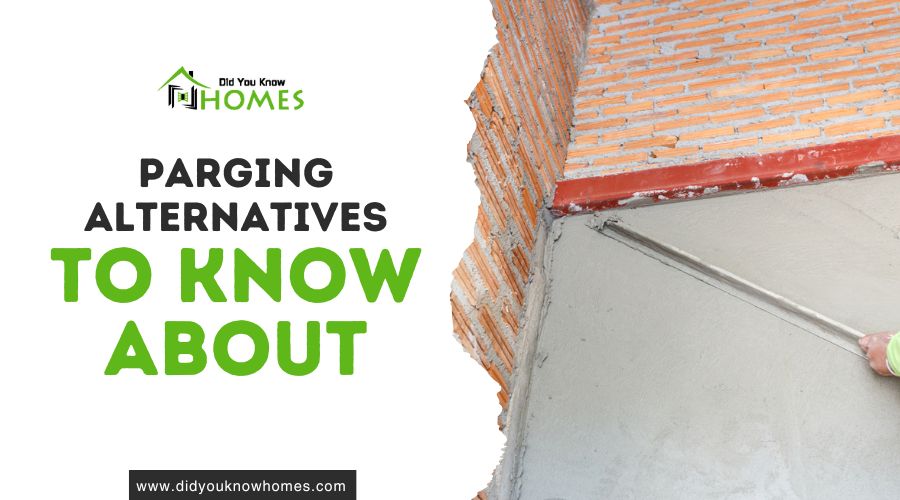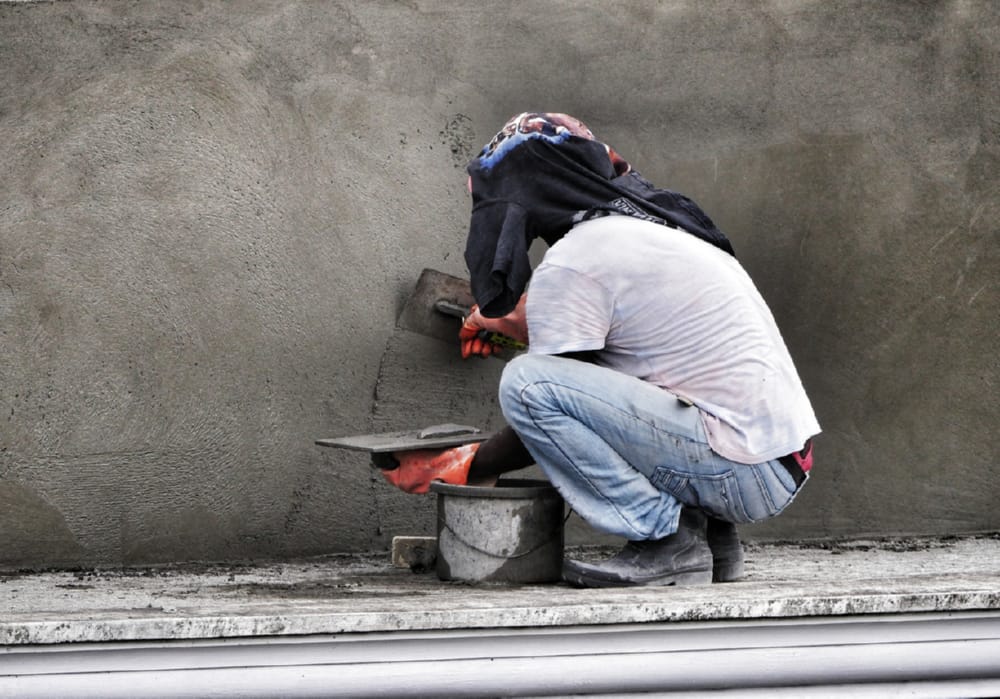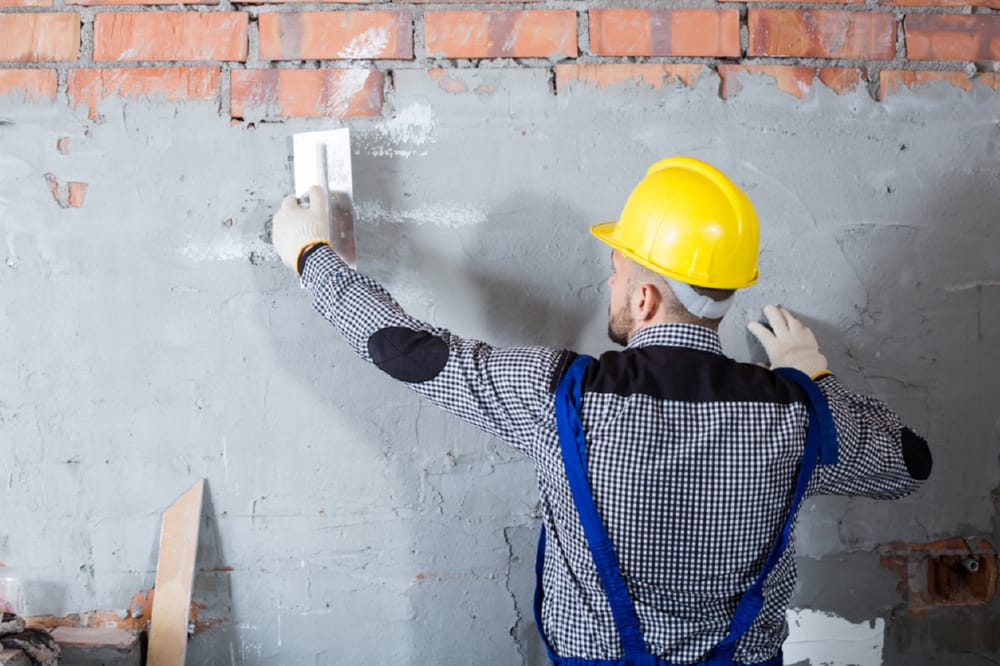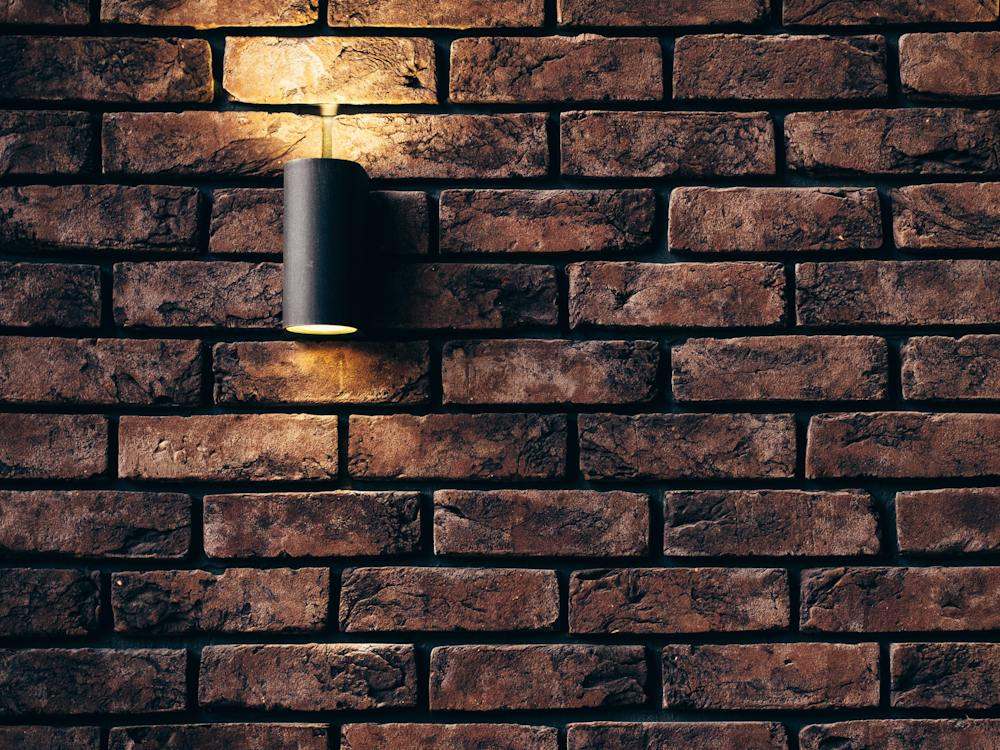Parging is a common method used to cover and protect exterior foundation walls, but it’s not the only option available for homeowners looking to enhance their home’s durability and curb appeal. With advances in building materials and techniques, a variety of alternatives have emerged, offering different benefits in terms of aesthetics, longevity, and maintenance requirements.
Whether you’re dealing with an old home needing a facelift or constructing a new one with specific design considerations, understanding the alternatives to traditional parging can help you make informed decisions. This article will introduce you to some of the most effective parging alternatives, shedding light on how each option can contribute to the overall health and appearance of your home.
What is Parging?
Parging is a masonry technique used to cover the exterior walls of a building, particularly foundations, with a smooth layer of mortar or concrete mix. This method not only enhances the aesthetic appeal of a structure by providing a uniform appearance but also offers an added layer of protection against moisture and the elements. Typically, parging involves applying a thin coat of a mortar mix to concrete or block walls to fill in any gaps, cracks, or imperfections, creating a barrier that helps to prevent water infiltration and the potential damage it can cause.
The process of parging is straightforward but requires skill to ensure a smooth, durable finish. After preparing the surface by cleaning and possibly applying a bonding agent, the mortar mix is applied with a trowel and then smoothed out. Once dry, it can be left as is for a natural look or painted to match or complement the building’s exterior. Parging is often seen in residential basements and commercial buildings, serving both functional and decorative purposes.
Parging Alternatives
While parging is a popular method for protecting and enhancing the exterior walls of buildings, several alternatives offer different benefits and aesthetics. Whether you’re looking for a more durable solution or a different look, exploring these alternatives can help you find the right option for your project. Here are some notable alternatives to parging:
Stucco
Stucco is a versatile finish that can be applied over concrete, brick, or block walls, similar to parging. However, stucco uses a mixture that includes lime, making it more flexible and less prone to cracking. It can be applied in multiple layers, which are often textured for added visual interest. Stucco is highly durable and provides excellent resistance against moisture and the elements, making it a popular choice for both residential and commercial buildings.
Stone Veneer
Stone veneer offers the natural beauty and durability of stone without the weight and cost of traditional stone masonry. It can be made from natural stone or manufactured to mimic the look of various types of stone. Applying stone veneer over existing walls is a great way to enhance curb appeal and add a touch of elegance. It’s also highly resistant to weather and can significantly improve the insulation properties of a building.
Vinyl Siding
For a low-maintenance and cost-effective alternative, vinyl siding is a popular choice. It comes in a variety of colors and styles, including options that mimic wood, stone, and other materials. Vinyl siding is easy to install and does not require painting, making it a convenient option for many homeowners. While it may not provide the same level of protection as other methods, it’s an effective way to update the appearance of a building’s exterior.
Brick Veneer
Brick veneer provides the classic look of brick without the need for extensive masonry work. It consists of thin layers of brick that are attached to the exterior walls of a building, offering the aesthetic appeal of real brick at a fraction of the cost and weight. Brick veneer is durable and requires minimal maintenance, making it a lasting investment in the appearance and value of a property.
Fiber Cement Siding
Fiber cement siding is a durable and versatile alternative that offers the look of wood, stucco, or masonry. Made from a mix of cement, sand, and cellulose fibers, it’s designed to withstand harsh weather conditions, including moisture, wind, and temperature changes. Fiber cement siding is also resistant to fire, pests, and rot, providing a long-lasting and low-maintenance option for exterior walls.
Conclusion
In conclusion, while parging remains a tried-and-true method for protecting and beautifying exterior walls, the range of alternatives available today offers homeowners and builders flexibility in achieving their desired outcomes. By considering factors such as durability, maintenance, cost, and appearance, you can select an alternative that not only enhances the exterior of your property but also provides lasting protection against the elements.



